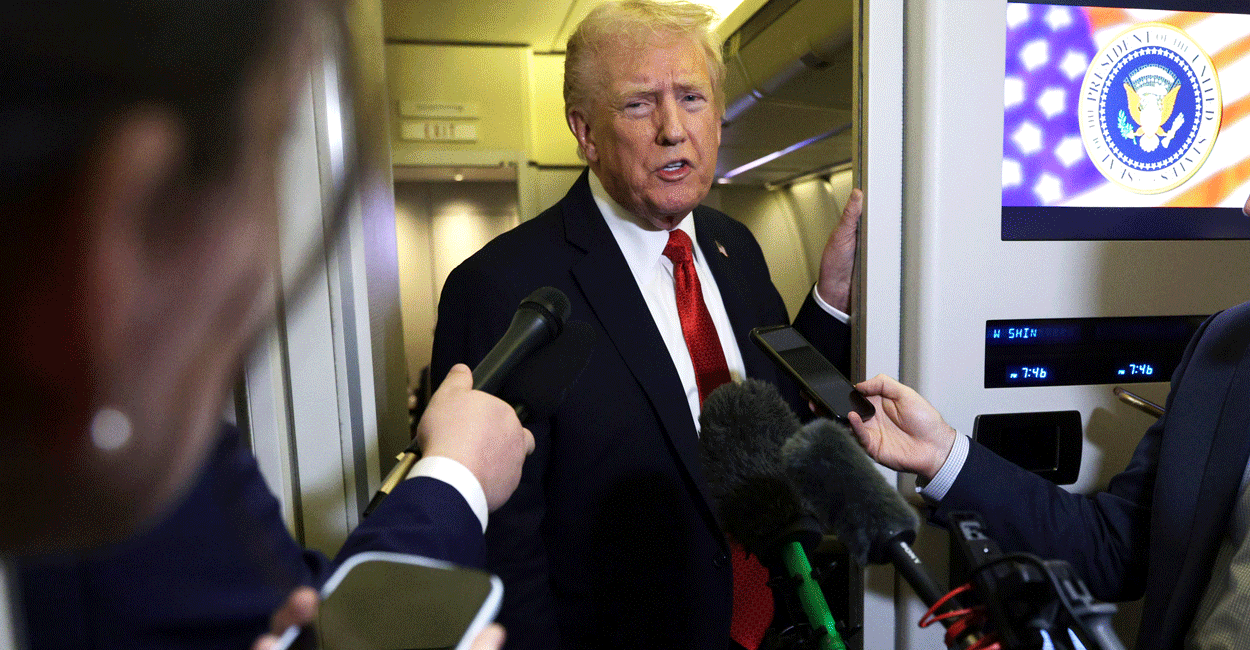
reactormag.com
Guillermo del Toro’s Frankenstein Is a Puzzling Affair
Movies & TV
Frankenstein
Guillermo del Toro’s Frankenstein Is a Puzzling Affair
It’s an absorbing experience, but the director’s adaptations never hit quite so well as his original stories.
By Emmet Asher-Perrin
|
Published on October 20, 2025
Image: Ken Woroner/Netflix
Comment
0
Share New
Share
Image: Ken Woroner/Netflix
There are certain directors who seem as though they are made to retell certain stories. And within that suggestion there is perhaps an implicit warning: What seems “meant to be” rarely plays out as we anticipate. The fact that many of us were elated at the idea of Guillermo del Toro adapting the arguable first work of the science fiction canon may have been a warning in and of itself.
This isn’t to say that Frankenstein is an unenjoyable watch—it is a thoroughly engaging two and a half hour appointment to cozy up to as the days get increasingly chilly. But as a whole, it never quite hangs together in a way that satisfies. The result is a film full of what-ifs and unmet desires… which feels very much the opposite of the intention behind making it.
You know how this story goes: Victor Frankenstein (Oscar Isaac) is found in the Arctic by an expedition ship, which then encounters the doctor’s monster (Jacob Elordi). To save the lives of the ship and its men, Frankenstein tells the story of how he created this abomination of nature. Halfway into the film’s runtime, the monster makes it aboard the boat and tells his side of the story as well.
Though it feels strange to say it, in many ways, this film resembles nothing so much as Francis Ford Coppola’s Dracula. And that comparison is meant for the full breadth of its potential to compliment and criticize: It is a gorgeous self-indulgence that might age well as time wears on, but it’s hard to dispel the feelings of squashed potential. And it relies, perhaps overmuch, on the director’s love of source material they might have spent more time dissecting.
All the hallmarks of del Toro’s best works are there; layered and meticulous performances by beautiful humans; costumes that are showcased to make you gasp in near-religious awe; the gothic sublime; viscera and gore rendered with lingering care; a story grounded in the emotional turns between manipulation, cruelty, and connection. Many of the beats one expects from the book itself are present and accounted for, and the film does take its time in the telling. But there are far too many potential themes to ever settle in, and every place where the director’s strengths are begging to shine through, he seems to be holding back.
The question of unreliable narrators is perhaps the most noticeable misstep the film makes at the outset. Victor tells the expedition captain that some of what he says did not happen, but all of it is true. (If you’re a Deep Space Nine fan, you know exactly which meme I’m reaching for right now.) However, there’s nothing within the film to suggest that Frankenstein is ever lying, or would even have reason to do so. The easiest way to have given us an unreliable narrator then would have been to make the monster’s story contradict Victor’s in some way—but the creature chooses to begin his part of the story at the exact moment where Victor’s ends, preventing the chance for discrepancy. The result is perplexing in the extreme.
Del Toro has stated in interviews that his version of Frankenstein is about fathers and sons. But it’s also sometimes about a creation’s relationship with their creator in a more divine sense, and because the movie manages to avoid both of these themes throughout much of the film, it is then baffling each time they surface. This is true of other key arcs as well; the monster’s kinship with Lady Elisabeth (Mia Goth), fiancée of Frankenstein’s brother William (Felix Kammerer) and object of Victor’s fixation; the role of Henrich Harlander (Chistoph Waltz) as benefactor of Victor’s research and his nonsensical endgame in that role; the question of what it means to genuinely live one’s life rather than organizing it around the avoidance of death; society’s treatment of those who are othered and outside the privileged classes.
There are strange Hollywood-esque choices that feel thoroughly out of place in any screen adaptation of Frankenstein present as well. Though the film runs incredibly long, the actual amount of time the story covers seems abrupt by comparison, which robs the tale of its original creeping dread in being a creator sought by a monster of one’s own making; Victor is running from the monster for perhaps a year? Maybe two? And we’re supposed to buy into his fear at being hunted when it receives no build time whatsoever.
Oh, and in an aggravating superhero-lite twist, the monster can endlessly regenerate its body for no reason whatsoever, which only reads as an excuse to let countless characters draw guns and explosives on the creature to no end. There’s an awkward genre shift that takes place mid-film as well—while Victor’s story reads as pure gothic horror, the monster’s side of the narrative reads like pure fairy tale. This includes giving the monster a magical connection with prey animals in nature (he feeds a stag like a Disney princess) and portraying wolves like rabid, murderous beasts.
If that narrative shift seemed intentional, it could have been an enjoyable switchup halfway through a lengthy tale… but that doesn’t seem to be the point, so much as a reminder to the audience of which character the film’s director empathizes with the most. There are shades of similarity to Edward Scissorhands in both visuals and soundtrack on more than one occasion, too—but that story was an original take on a Frankenstein myth, making the comparisons odd to account for.
Possibly due to the tonal bifurcation within the story itself, the film is incredibly awkward in its handling of romance, sex, and sensuality of any kind. There are heavy BDSM overtones at specific points of the story, but they are never brought to the forefront or carried through the narrative in any meaningful way. The fact that Victor’s brand of love always is only ever depicted as obsession is never remarked upon. And queerness or even deep platonic bonds are elided in a strangely pointed manner; when the creature asks Victor for a “companion” here as he does in the book, no mention of gender is ever made—it is instead Victor who makes the monster’s request about the potential for lust, sex, and procreation, which seems as though it should be very important in a tale that asks what it means to have life… but this is immediately dropped and we move on to the next story beat.
Guillermo del Toro has tackled these ideas with such depth and beauty before—the sexual exploration we find in The Shape of Water, the unfettered and terrifying lust of Crimson Peak, the maturity of two minds meeting in drift compatibility in Pacific Rim. It seems strange that none of these themes could translate over into Frankenstein, particularly when the other central themes are so lacking.
More’s the pity because each and every actor gives an outstanding performance here. Oscar Isaac vibrates off the screen in eternal manic frenzy; Jacob Elordi moves like he exists only in dreams as the creature born anew; Mia Goth is ethereal and vulnerable in her bids for freedom from the choices of men; Christoph Waltz brings his trademark unsettling cheerfulness to an otherwise unremarkable role. Moreover, in terms of gothic horror, this is the only film I’ve ever seen that properly showcases how disgusting the creation of a new lifeform stitched together from dead parts would be. Frankenstein’s lab is awash in guts and blood, a human game of Tetris, making the assemblage sequence a real treat if that’s your bag. (Sorry, it’s definitely mine.)
There’s also a frankly unhinged quote choice placed at the end of the film. It caused myself and several other audience members to laugh uproariously, to the point where another audience member stopped by our seats on the way out and asked us to explain in case she missed something. (We happily relayed the reasons for our reaction to her.) After the feature was complete, myself and my theater-going companions walked and snacked around the city for another few hours, shouting lovingly into each other’s faces about what bothered us—we all had significant complaints to lodge. In that capacity, I will say, Guillermo del Toro’s Frankenstein cannot be beat.[end-mark]
The post Guillermo del Toro’s <i>Frankenstein</i> Is a Puzzling Affair appeared first on Reactor.

















